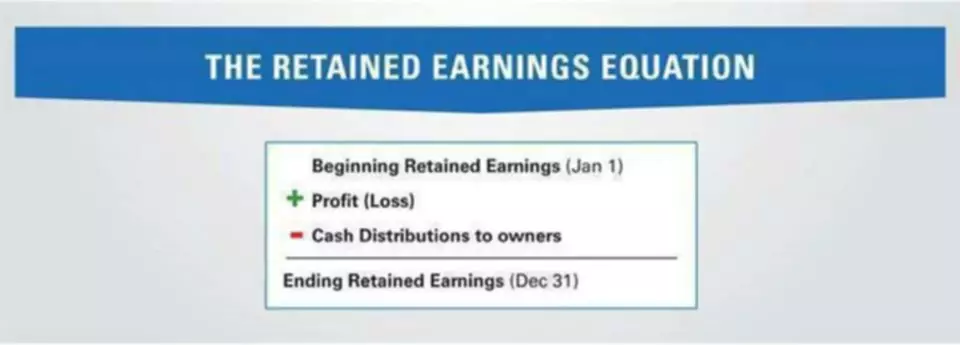Content

Yes.You must reverse all accrued payroll entries once the employees receive the wages you owe them. Accrued wages are wages earned by the worker but not paid in the same accounting period. The journal entry for accrued wage is credited against wages expense at the time of reporting and debited against the cash account at the time of payment. When accruing payroll, use the pay period end date for the payday in question. For instance, if weekly wages for Jan. 13 through Jan. 19 are to be paid on Jan. 25, use Jan. 19 as the accrual date and note that wages will be paid on Jan. 25.

The reason accrued payroll is necessary is because of the matching principle. The matching principle says you must record revenue and expenses incurred to generate the revenue in the same accounting period. If you fail to follow the matching principle, you may get faulty data, and data is the whole point of your accounting records. It is possible that without following the matching principle, you will overstate your earnings and understate your expenses. On payday, to offset the accruals, use the actual pay date instead of the accrual date. Record the net payroll payable amount as a debit and offset it as a credit to your cash account. Record all paycheck withholding and payroll expenses that you have remitted as debits.
How to Calculate Accrued Payroll
This includes always keeping track of revenue streams and expenses, including payroll liabilities. Since payroll expenses represent a major share of a company’s overall costs, knowing how much you owe your employees at any given moment of the pay period is crucial. Any direct labor, salary, or wage expense should be recorded as a debit while any accrued wages, salaries, or payroll tax payments should be logged as credits. Let’s consider that Tina earned a 1,000 USD bonus and 800 USD wages for the final week of December.
- Since employees earned bonuses in 2020, you accrue a payroll expense for the bonus amount before the ball drops at midnight on Jan. 1.
- In order to determine what you owe your employees for a given pay period, you have to take all these different elements into account.
- Businesses that don’t keep track of their payroll liabilities risk being surprised by an unexpectedly high payroll sum at the end of the payroll run.
- Most commonly, the bonuses earned in one financial period are paid in the next one.
Making these calculations upfront instead of last minute makes payroll errors less likely. We’ve already talked about the difference between accrual accounting and cash accounting.
Accrued payroll example
They are reported as an expense on the income statement for that time period and as a current liability on its balance sheet. https://www.bookstime.com/ is all forms of compensation owed to employees that have not yet been paid to them. The accrued payroll concept is only used under the accrual basis of accounting; it is not used under the cash basis of accounting. The key components of accrued payroll are salaries, wages, commissions, bonuses, and payroll taxes. If the business entity had paid its employees, the cash would be credited.
What are wages payable?
Wages payable is the line item that identifies how much in wages are owed to workers but have not yet been paid. It is a liability account.
However, it’s a good idea to understand the size of your liabilities as a business owner. So, keeping track of accrued salary as part of accrued payroll is critical. Social security contribution rates vary from country to country, but mostly include premiums for health, long-term care, unemployment, accident and pension insurance of some sort. Calculate your employer contribution to each of these insurances as well as what you owe in employer payroll taxes – if there are any. Again, add the calculated amounts to the gross wages, bonuses and overtime pay.
AccountingTools
An accrual journal entry is created to record this estimated amount on the General Ledger; this estimate is automatically reversed when the actual payroll expense posts in the following month. Let’s take a look at several ways to calculate accrued payroll. While you are reading about these methods to calculate accrued payroll, keep in mind that we only consider actual salary and wage expenses. At the same time, calculation of related accrued employment and social security taxes (e.g., federal and state income taxes, FICA) may follow similar logic.
Are accrued wages accounts payable?
The amount in the account Wages Payable (or Accrued Wages Payable) will often be reported on the balance sheet as part of a current liability description such as accrued compensation, accrued payroll liabilities, accrued expenses, accrued liabilities, etc.
At the end of the reporting period, when the monthly financial statements are generated, the company has to report the portion of wages paid and also wages that are to be paid to the employee for the hours worked in the month. When the employees are paid, an entry is made to reduce the wages payable account balance and decrease cash.
That includes not just payroll, but also workers’ compensation, unemployment taxes, and all Social Security and Medicare taxes required under the Federal Insurance Contributions Act . Net pay is the employee’s gross earnings less mandatory and voluntary deductions. At the end of a fiscal period a company records adjusting entries to recognize expenses which had been incurred, but not paid for yet. Note that we are talking about companies that apply accrual accounting here. Companies that utilize cash accounting don’t use accruals and adjusting entries related to them. To accrue payroll means to identify salaries and wages that your employees earned but have not yet been paid for.
Let’s understand the journal entries for accrued payroll by considering the same example of Leslie as we discussed above. Let’s take the example of Tina, who is an employee at a textile company. The company pays her weekly, and her weekly income is credited to her account every Monday of the following week. Payroll is similar to the nature of individual items included; that is an expense.
How to record adjusting payroll entries?
Payroll software integrates with accounting software to record your payroll accrual with one massive journal entry. All accrued expenses are liabilities on your balance sheet until they’re paid. To calculate accrued payroll, add together the different sources of liability for each employee. Then, add together all the sums of all the employees for a given pay period. Within QuickBooks, you can prepare a single journal entry to record all salaries.

